キャロウェイAPEX(2019) 8S(実本数:8本セット)
(税込) 送料込み
商品の説明
クラブ種別 アイアンセット 状態(総合ランク)
ランクについてC 番手 5I 傷状態 ヘッド上部 C シャフト Speeder EVOLUTION for CW(アイアン) ヘッド下部 C メーカーフレックス R フェース C フレックス R シャフト B 発売時クラブセット組合せ内容 5I.6I.7I.8I.9I.PW.AW.SW グリップ オリジナル 良好 本商品クラブセット組合せ内容 5I,6I,7I,8I,9I,PW,AW,SW ヘッドカバー ヘッドカバーなし クラブセット実本数 8 年式 メーカーカタログ情報 お店からのコメント/商品状態
| ヘッドロフト角(°) | 23.50 | クラブ重量(g) | 370.00 |
|---|---|---|---|
| ヘッドライ角(°) | 61.00 | 利き手 | スタンダード |
| ヘッド体積(cc) | シャフト長(インチ) | 38.000 | |
| 性別 | メンズ |
※メーカーカタログ情報のため、実商品と異なる場合がございます。
29031円キャロウェイAPEX(2019) 8S(実本数:8本セット)アイアンセットキャロウェイ (Callaway) APEX PRO SMOKE アイアンセット 2019年モデル 【カタログ純正シャフト装着モデル】 スチール メンズ 4B235002F3380 右 ロフト角:33度 番手 : #5-#9、PW フレックス:S
www.golfpartner.jp/img/goods/L/item2100317020260p1...

中古 キャロウェイ APEX (2019) アイアンセット 中古クラブ

www.golfpartner.jp/img/goods/S/item2100317020260p2...

中古 キャロウェイ APEX (2019) アイアンセット 中古クラブ

楽天市場】中古 Dランク (フレックスS) キャロウェイ APEX(2019) 8S
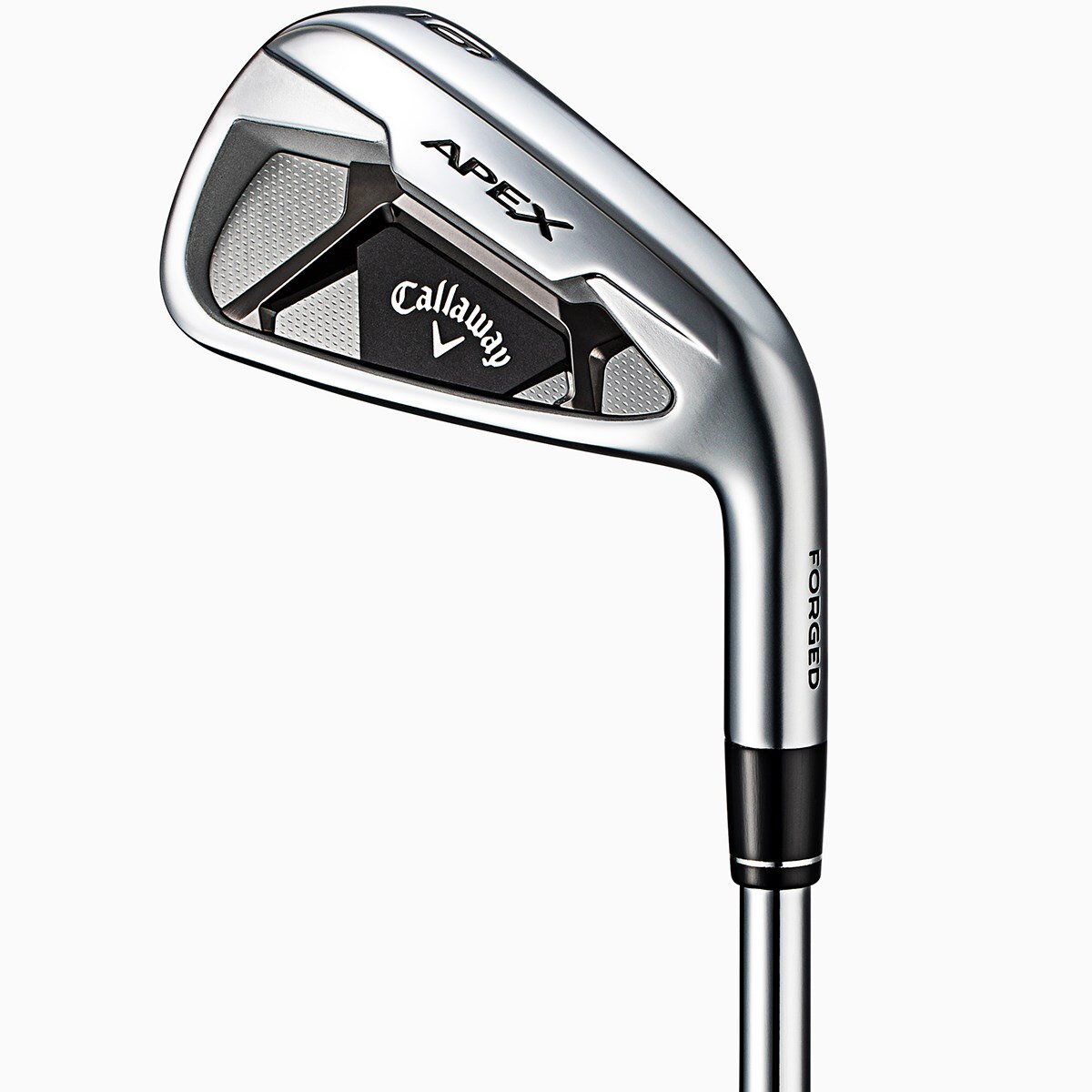
Cランク (フレックスS) キャロウェイ APEX(2019) 8S NS PRO ZELOS 8

中古 キャロウェイ APEX (2019) アイアンセット 中古クラブ

楽天市場】中古 Cランク (フレックスS) キャロウェイ APEX(2019) 8S

楽天市場】中古 Cランク (フレックスS) キャロウェイ APEX(2019) 8S

Cランク (フレックスS) キャロウェイ APEX(2019) 8S NS PRO ZELOS 8

Amazon | Callaway Golf 2019年モデル APEX PRO アイアン8本セット

中古 キャロウェイ APEX (2019) アイアンセット 中古クラブ

Cランク (フレックスS) キャロウェイ APEX(2019) 8S NS PRO ZELOS 8
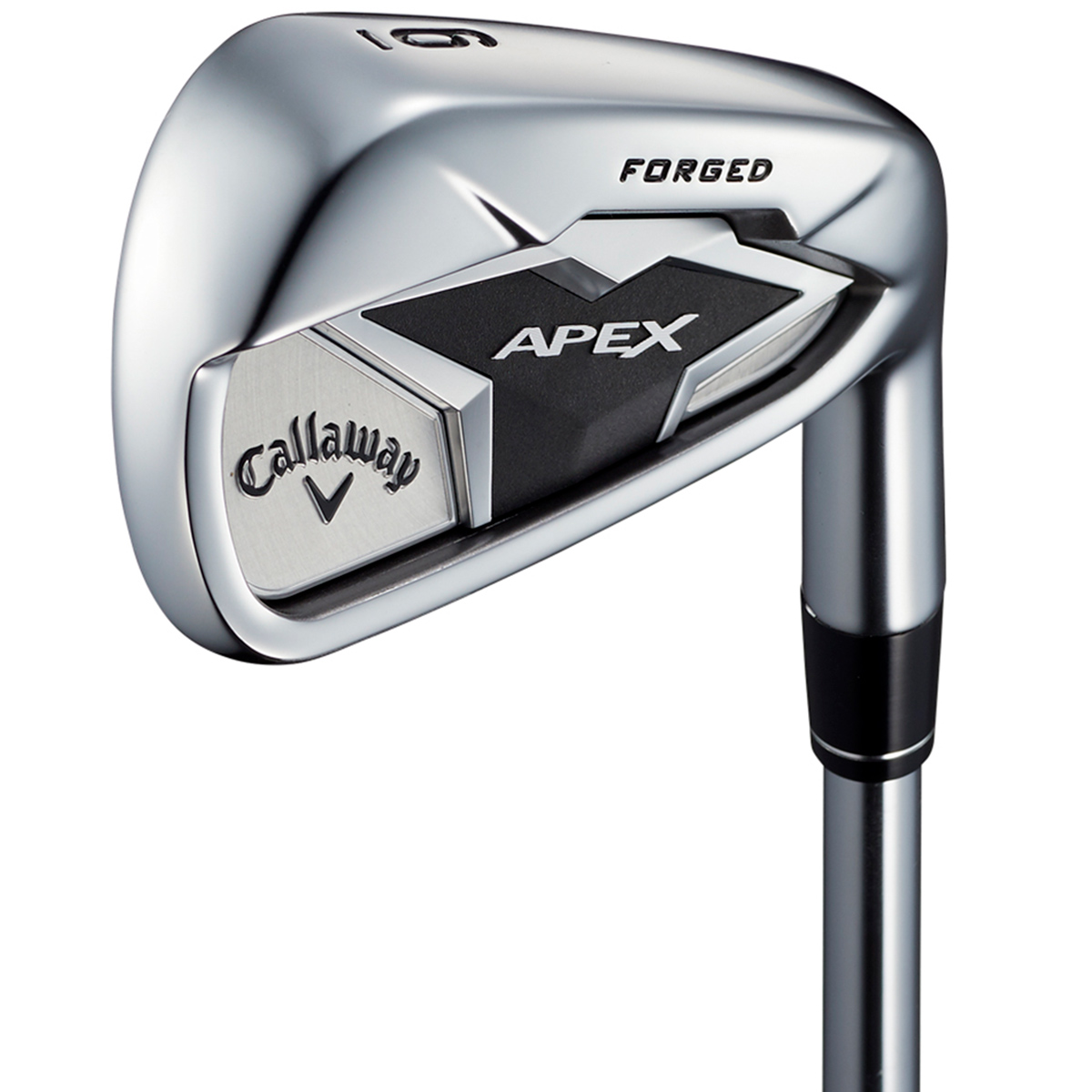
キャロウェイ APEX アイアン(2019年)の試打レビュー 口コミ・評価

楽天市場】中古 Cランク (フレックスS) キャロウェイ APEX(2019) 6S

Amazon.co.jp: キャロウェイ (Callaway) APEX SMOKE アイアンセット

8本セット キャロウェイエイペックス2019 5I〜SW ゼロス8 硬さS 初心者
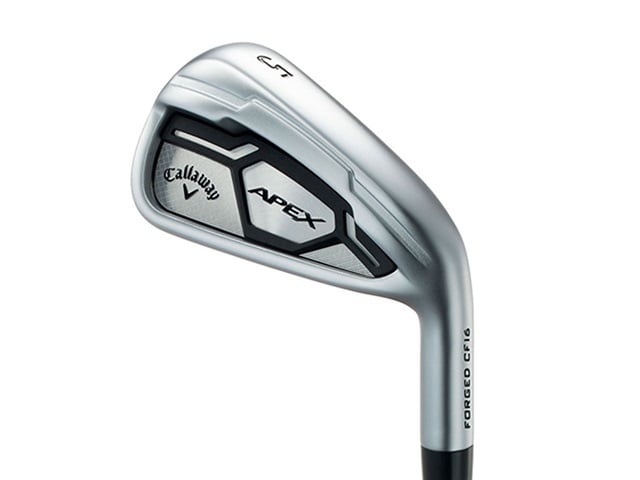
エイペックス(APEX)|キャロウェイ アイアンセット|中古ゴルフ

中古 キャロウェイ APEX (2019) アイアンセット 中古クラブ

中古 Cランク (フレックスS) UT MC APEX(2021) キャロウェイ 右利き
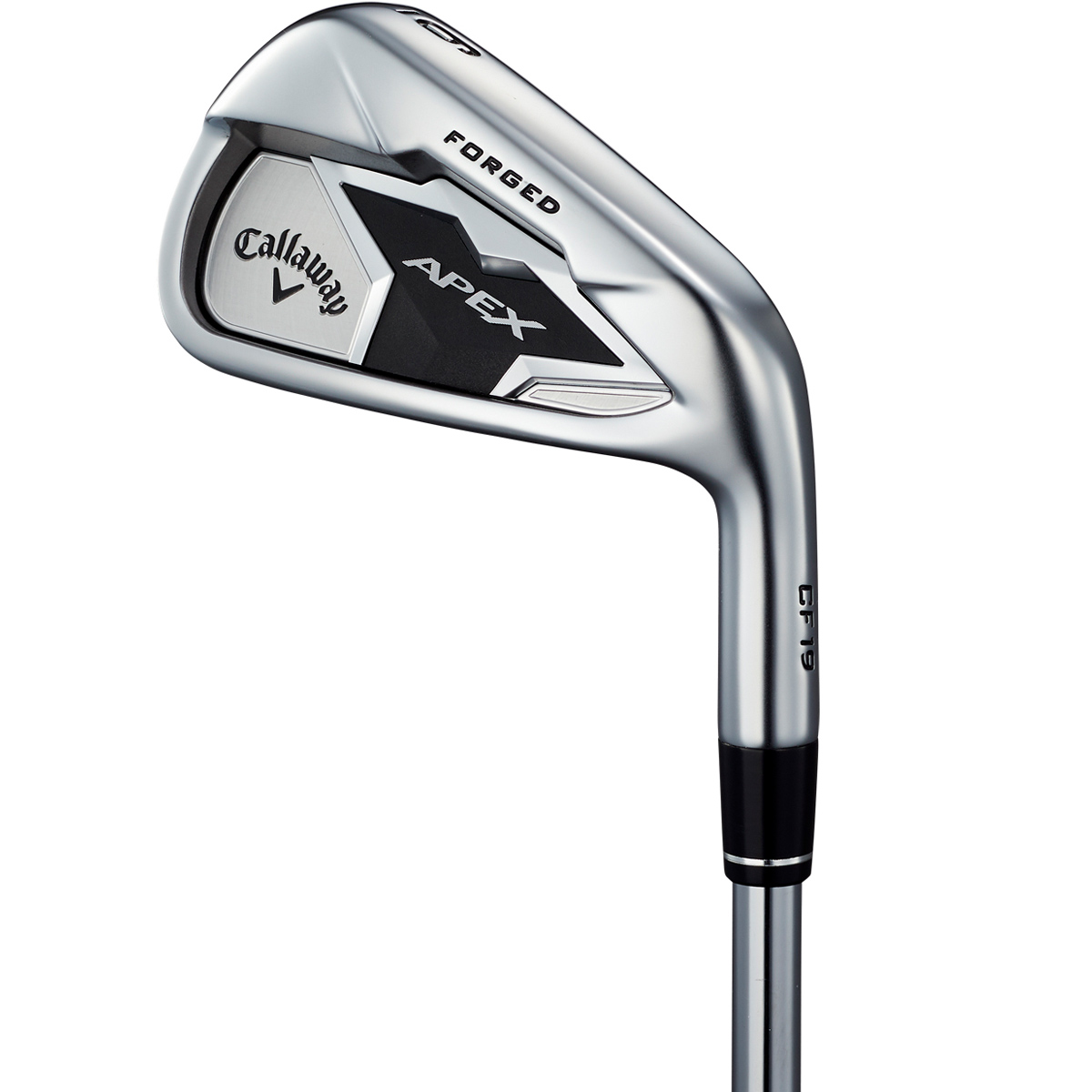
APEX アイアン(2019年)

楽天市場】キャロウェイ APEX(エイペックス) アイアンセット 6本組(5-9

飛ばせる本格アイアン! キャロウェイ「APEX」「APEX PRO」試打して飛
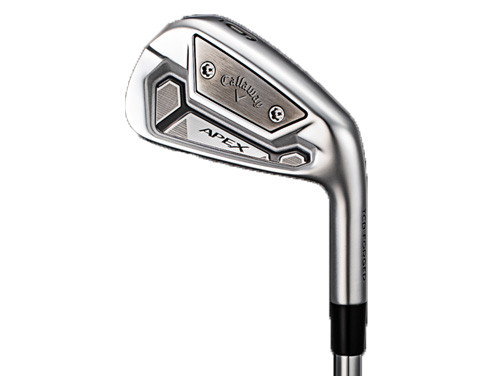
エイペックス(APEX)|キャロウェイ アイアンセット|中古ゴルフ

中古 Cランク (フレックスS) 9S CROSS アイアンセット ダンロップ 右

Callaway - キャロウェイ APEX 2019モデル Aw単品(48°)アイアンの
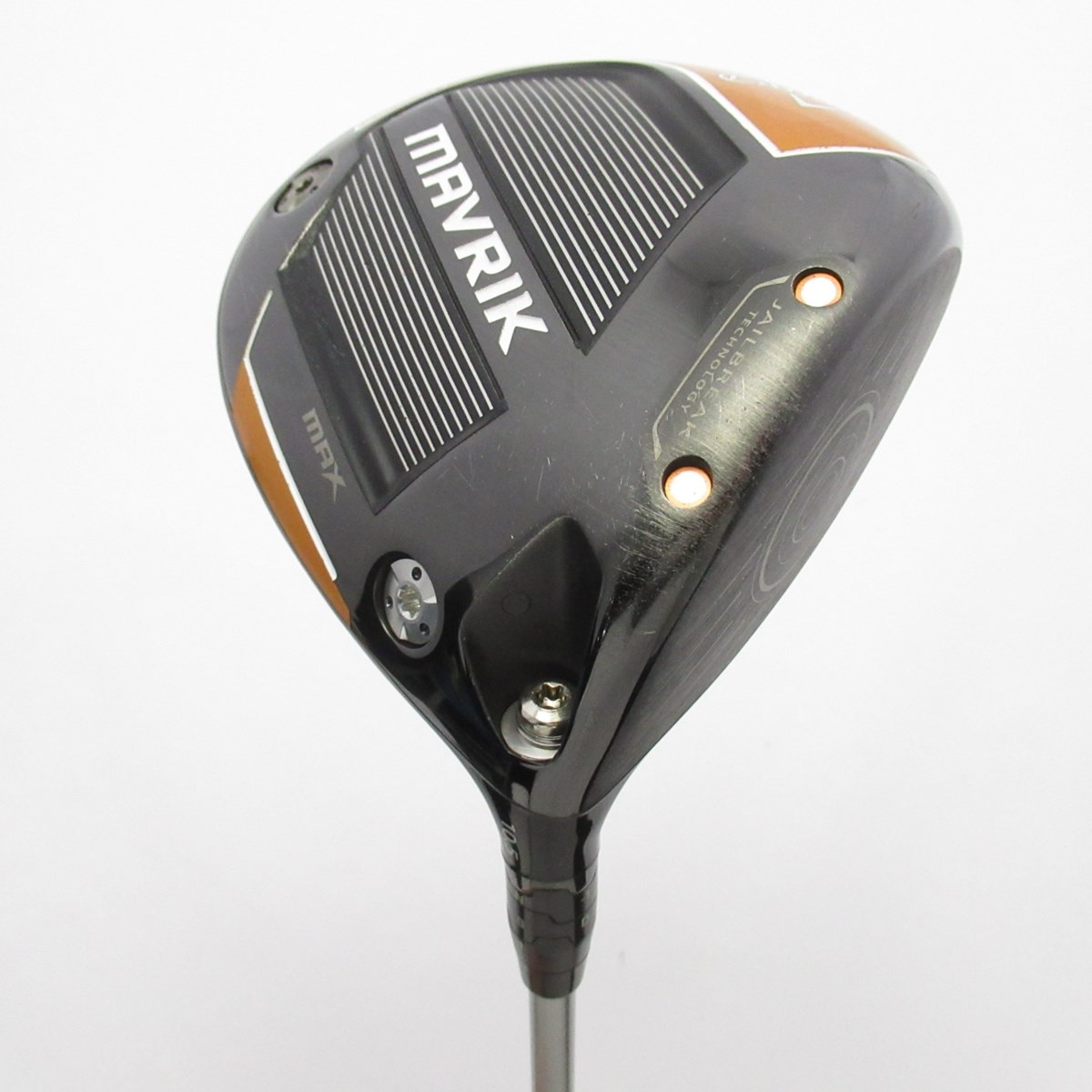
Cランク (フレックスSR) キャロウェイ MAVRIK MAX 10.5° Diamana 40

2023年最新】キャロウェイ アイアン apex 2019の人気アイテム - メルカリ

キャロウェイ 2019 APEX/APEX PROアイアン ~派手な宣伝文句はお家芸?~

Cランク (フレックスS) キャロウェイ APEX(2019) 8S NS PRO ZELOS 8

キャロウェイ (Callaway) APEX PRO SMOKE アイアンセット 2019年モデル 【カタログ純正シャフト装着モデル】 スチール メンズ 4B235002F3380 右 ロフト角:33度 番手 : #5-#9、PW フレックス:S
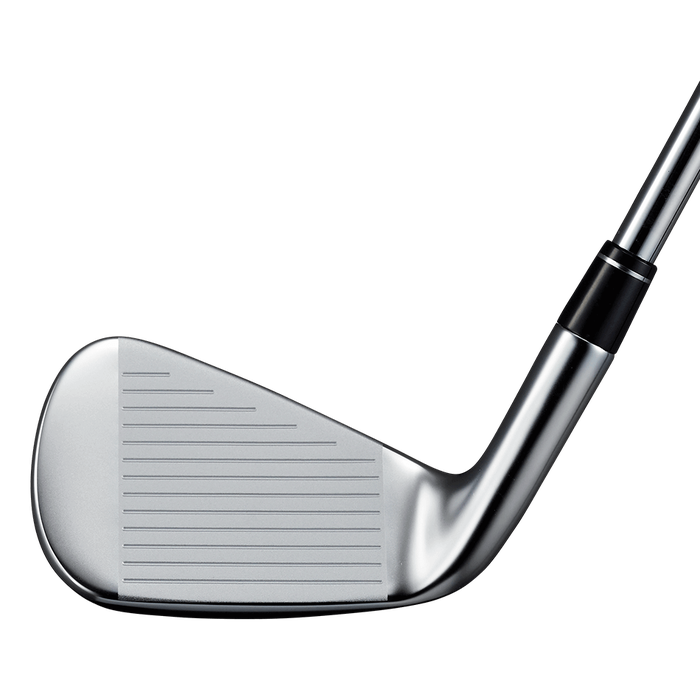
キャロウェイゴルフ APEX 2019年モデル アイアン - ジーワンゴルフ
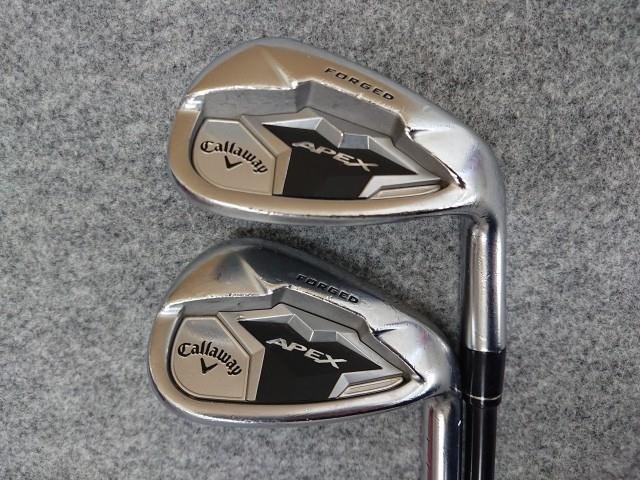
2023年最新】Yahoo!オークション -キャロウェイ apex アイアン 2019の

飛ばせる本格アイアン! キャロウェイ「APEX」「APEX PRO」試打して飛
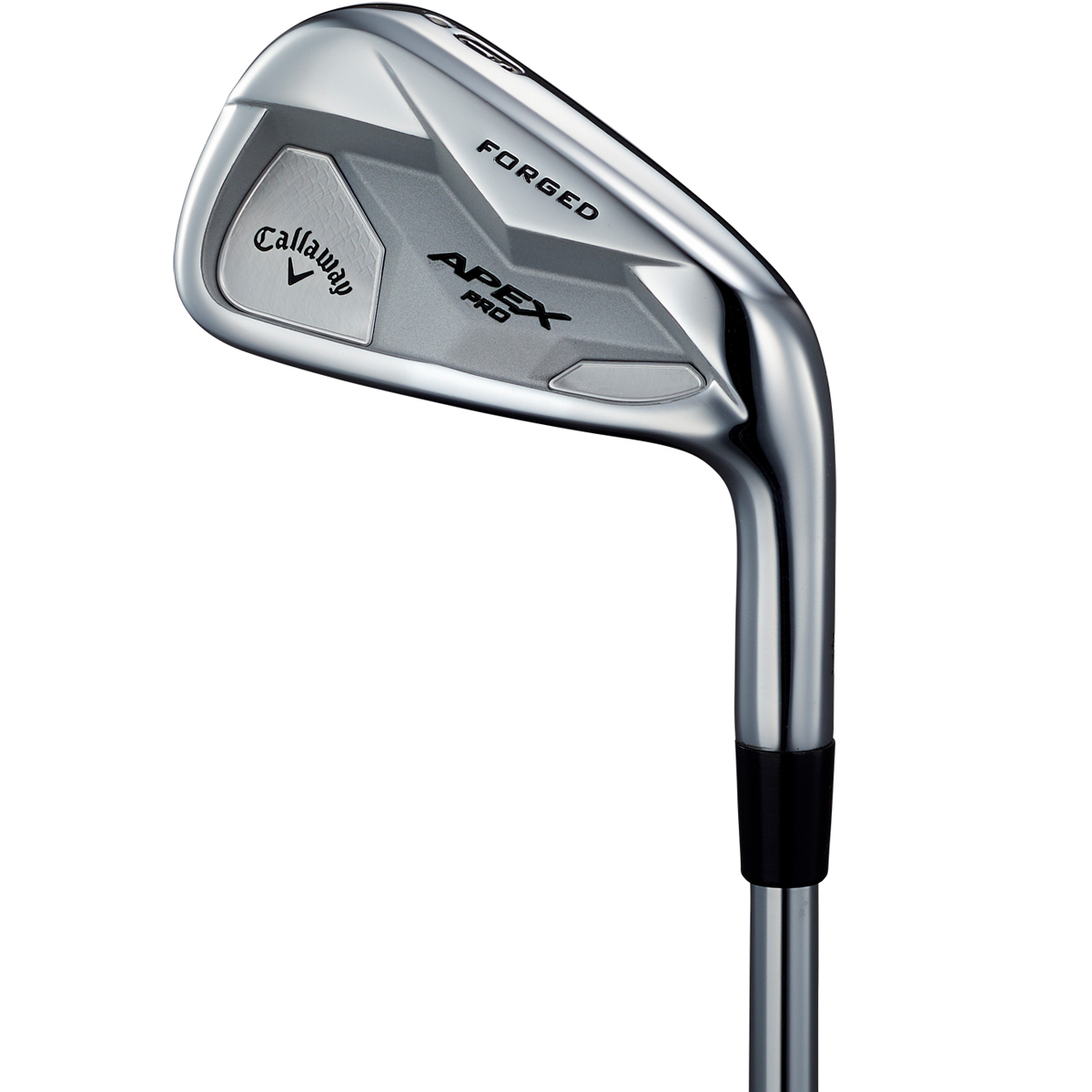
キャロウェイ APEX PRO アイアン(2019年)の試打レビュー 口コミ

Callaway - キャロウェイ APEX 2019モデル Aw単品(48°)アイアンの通販

ロマロ RomaroRay CX S20C・S25C アイアン【5-PW 6本組・カーボン

Cランク (フレックスS) キャロウェイ APEX(2019) 8S NS PRO ZELOS 8

APEX 2019|キャロウェイ|アイアンセット|中古ゴルフクラブを探す

キャロウェイ APEX アイアン(2019年)の試打レビュー 口コミ・評価





商品の情報
メルカリ安心への取り組み
お金は事務局に支払われ、評価後に振り込まれます
出品者
スピード発送
この出品者は平均24時間以内に発送しています














